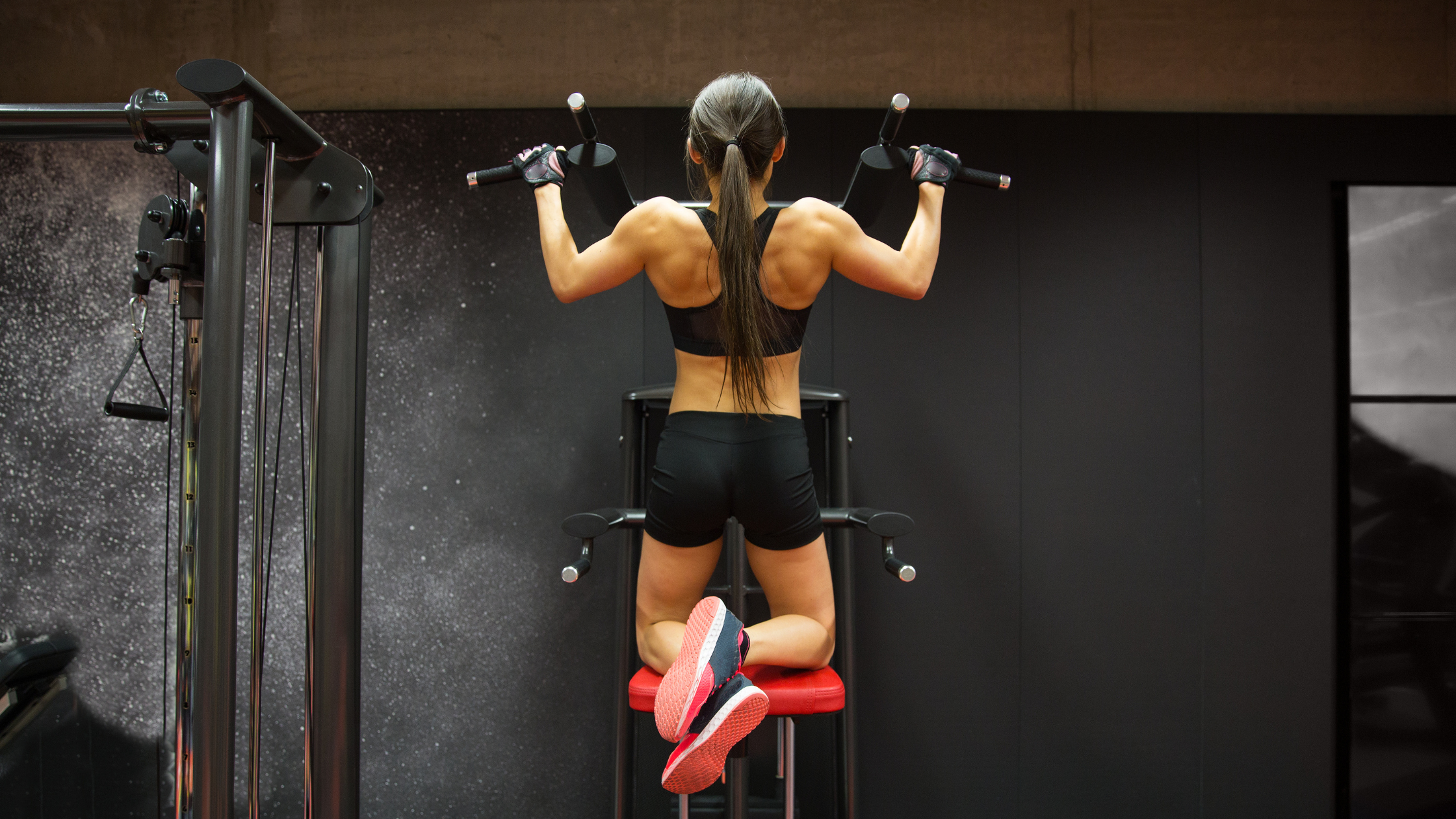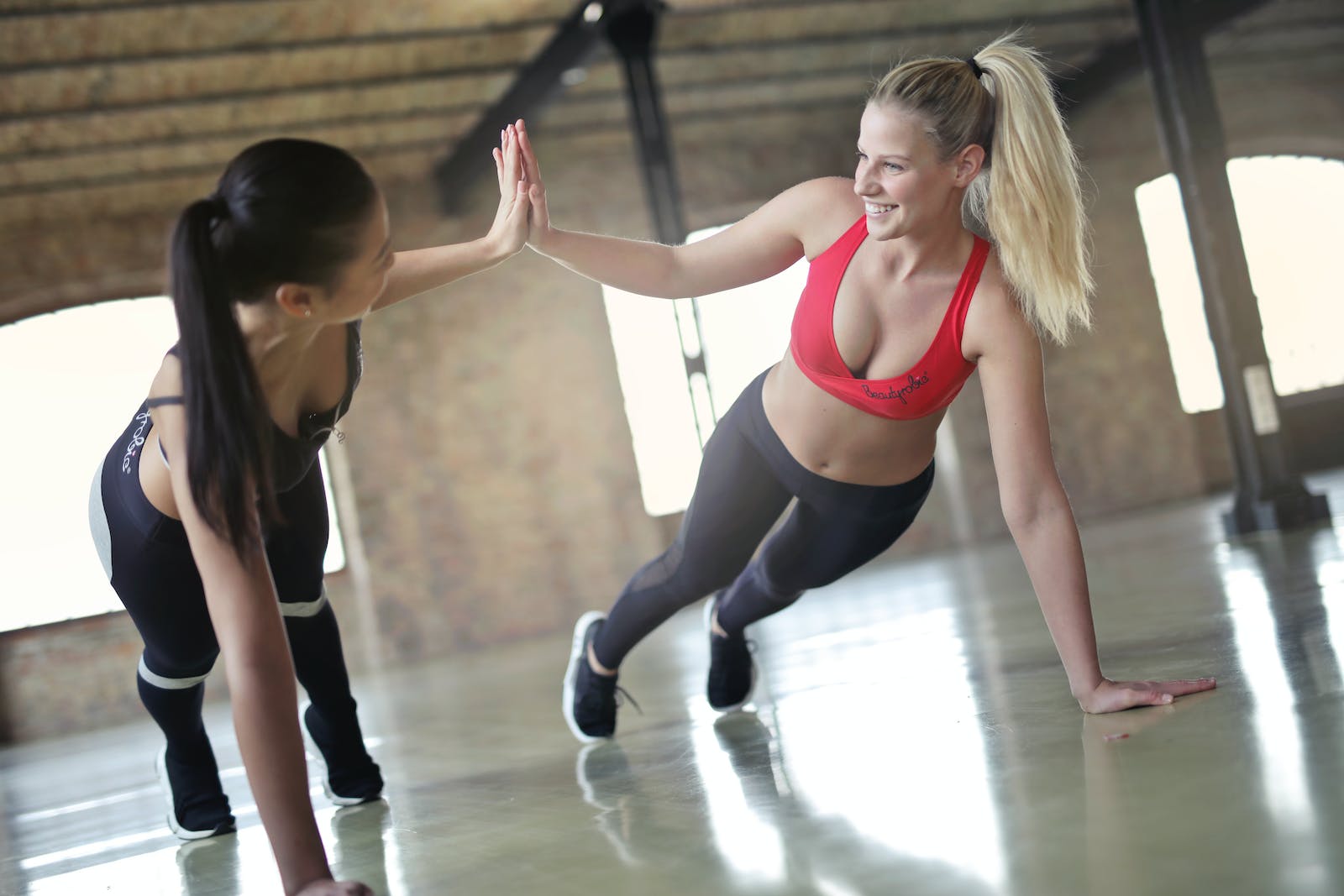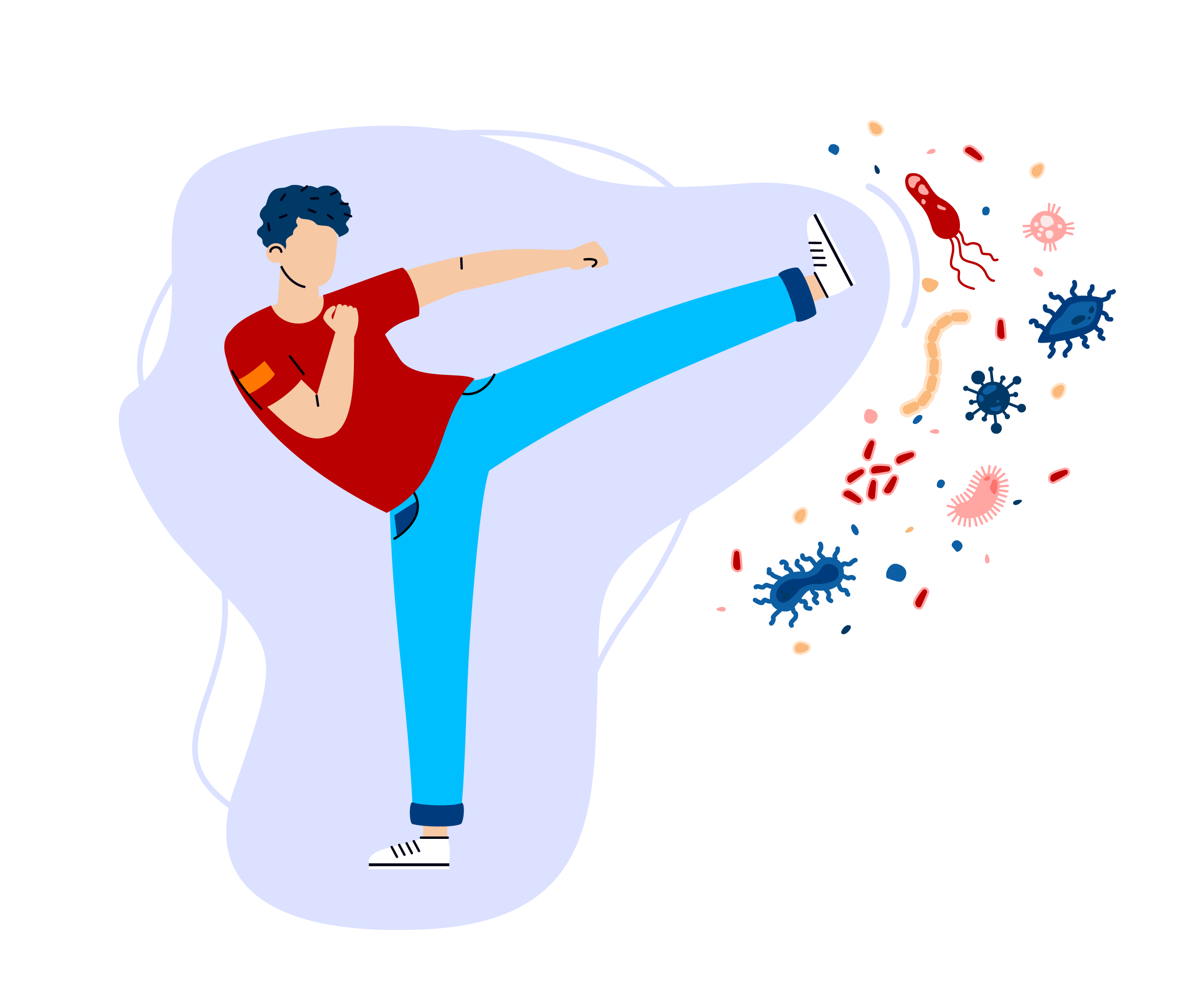
Pull-ups are one of the most challenging exercises to master, but they’re also one of the most rewarding. Pull-ups are a functional bodyweight exercise that works your back, arms, and core, boosting your upper-body strength. It’s the total package and forms a solid foundation for getting stronger in other areas of your body. Some of the benefits include:
- Increased upper body strength: Pull-ups work your back, shoulders, and arms, helping to build strength and muscle mass in these areas.
- Improved posture: Pull-ups can help improve your posture by strengthening the muscles in your upper back and shoulders. Additionally, this might also help with back pain.
- Increased grip strength: Pull-ups require a strong grip, so working your way up to this exercise can help improve your overall grip strength.
- Better overall fitness: Pull-ups are a challenging exercise that require a great deal of strength and endurance. Working your way up to a pull-up can improve your overall fitness level and help you feel stronger and more capable.
But seeing that pull-ups require an immense level of upper body strength to begin with, how are you supposed to do one in the first place?

Five Tips for Achieving Your First Pull-Up
Don’t get it wrong, anybody can do a pull-up, but there are other ways you can work up to it besides getting stuck hanging on a bar, overexerting yourself. You can get hurt if you don’t do it right.
Here are 5 ways to improve your pull-up game:

Incorporate isometric holds.
Isometric holds involve holding yourself in a static position for an extended period of time. For pull-ups, this could involve holding yourself in the top position of the exercise for as long as possible. Isometric holds can help build strength and endurance in the muscles needed for a proper pull-up. You can think of it like a plank for your back. If you’re working your way to your very first pull-up, then you might want to find a box or some type of foothold to get you up to the top position. Try incorporating 3-4 sets of isometric holds into your training routine each week, gradually increasing the length of time you hold the position.
Practice negative pull-ups.
If you find it hard to perform an isometric hold for long, another option for gradually building your strength – and form – is to practice your negative pull-ups. This involves lowering yourself down from the top of a pull-up position. Start by using a step or a bench to help you get into the top position, and then slowly lower yourself down. Also make an effort to control your descent while keeping a mental image of the muscles you’re activating, keeping in mind that mind-muscle connection can help you improve your performance.
Make use of back-focused machines.
Weight machines are a great, controlled option to work your way up to a full pull-up. They’re especially fitting for beginners because they help you develop strength across a variety of important ranges of motion. Sadly, you’ll have to find a gym to utilize these machines, and we realize that some of them can be confusing to operate. But don’t let “gymtimidation” get the best of you. Don’t hesitate to ask for help, and start with a lower weight while prioritizing form.
Work on your grip strength.
A factor people often overlook in performing a pull-up is grip strength. Fortunately, performing the previous tips will naturally train your grip passively, but it’s not like you don’t have options. Use grip strengtheners or practice hanging from a pull-up bar for as long as you can to build your grip strength. If you’re looking for a fun alternative, it wouldn’t hurt to give bouldering a shot. Other than getting you accustomed to hanging, your grip strength will see major improvement.
Partial pull-ups
You’re almost there! Part of the challenge of a pull-up is its range of motion, getting to the top being the most difficult part of the movement. That’s where partial pull-ups come in, which involves performing the exercise with a smaller range of motion. For example, you might start by pulling yourself up halfway and then lowering yourself back down. Additionally, you can start from the top then stop mid-way. Both these variations target different areas of your back needed to perform a complete pull-up.
Including Pull-Ups in Your Optimal Training Routine
Do keep in mind that these tips are generally great for beginners, but everybody has a unique body, and what worked for one person may not work for another. It’s the reason why popular trends don’t always produce the same results for everyone. That said, pull-ups are a great progression for anyone in fitness, but don’t worry about everyone else. Just focus on your own journey.
If you’re looking to grow the way your body is meant to grow, consulting your own genes can get you to a strong start. With a genetic test from CircleDNA, you’ll be able to unlock DNA reports on your body’s unique response to different fitness stimuli, including strength training, intensity, and even risks of injury. Additionally, you can empower your everyday health decisions with reports on optimal diet, stress and sleep reports, and risks of different diseases.






